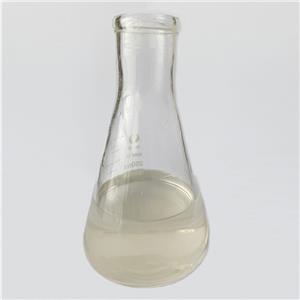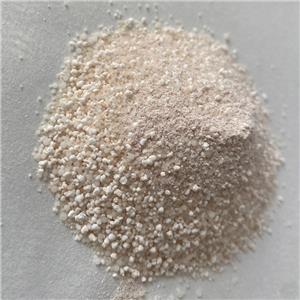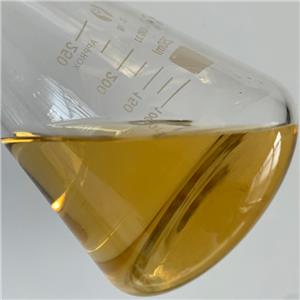Let you know about water-based rust inhibitor for carbon steel
Water-based rust inhibitors for carbon steel represent a significant advancement in the field of corrosion prevention, offering a more environmentally friendly alternative to traditional, solvent-based inhibitors. These inhibitors are designed to protect carbon steel from the damaging effects of rust, which can lead to structural weakness and failure. By utilizing water as the primary solvent, these inhibitors reduce the volatile organic compound (VOC) content, making them a safer choice for both workers and the environment.
The development of water-based rust inhibitors has been driven by the need for more sustainable solutions to corrosion protection. Traditional rust inhibitors often rely on harsh chemicals and solvents that can be harmful to both human health and the environment. In contrast, water-based inhibitors are formulated to be non-toxic and biodegradable, minimizing their environmental impact.
One of the key features of water-based rust inhibitors is their ability to form a protective film on the surface of carbon steel. This film acts as a barrier, preventing moisture and oxygen from coming into contact with the metal, which are the primary causes of rust. The film is typically formed by the reaction of the inhibitor's active ingredients with the steel surface, creating a stable and durable layer.
The active ingredients in water-based rust inhibitors can be a combination of organic and inorganic compounds. Organic compounds such as triethanolamine and sorbitol are known for their ability to chelate metal ions, forming a complex that can help to protect the steel surface. Inorganic compounds like sodium nitrite and boric acid can also be used, offering additional protection through their ability to form insoluble films or by inhibiting the electrochemical reactions that lead to rust.
The performance of water-based rust inhibitors can be enhanced through the use of nanomaterials, such as nano TiO2. These materials have been shown to improve the adhesion and stability of the protective film, as well as




